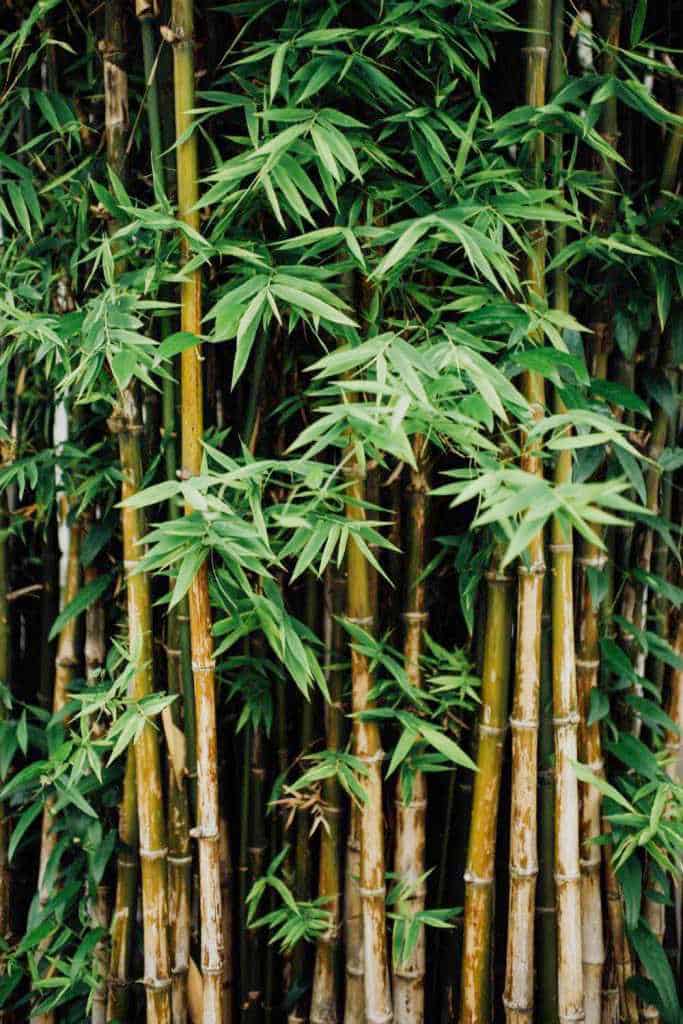Recommended Reasons On Choosing Hemp Clothing
Wiki Article
How Sustainable Is Hemp When Compared To Cotton In Terms Of Water Usage Or Pesticides?
Hemp is regarded as a viable crop if compared to cotton with regard to the use of water, pesticides and herbicides due to a variety of reasons.- Water Usage-
Hemp- Hemp has a relatively low requirement for water compared to other crops, like cotton. Hemp is a drought-resistant, low-irrigation plant. Hemp can be grown in numerous regions using only rainwater, which makes it a water-efficient option.
Cotton-Conventional textiles are notorious for their high water consumption. Cotton farming often requires massive irrigation. This could deplete local resources and cause water scarcity in regions with little water. The high water demand of cotton farming has led to questions about its sustainability.
Pesticides & Herbicides
Hemp- Hemp naturally resists many diseases and pests, which means it's less likely to require herbicides or pesticides that are synthetic. Some hemp plants may require some pest control measures. However, the total use of chemical inputs for many crops is lower like cotton. The cultivation of hemp organically is virtually non-pesticide.
Cotton- Conventional conventional cotton farming heavily relies on synthetic pesticides. Herbicides are also employed to eliminate the growth of weeds. The use of these chemicals can result in negative environmental effects which include water and soil contamination, damage to species not intended for them as well as the growth of pesticide-resistant pests.
Summary Hemp is a eco-friendly crop in terms of water use, pesticides and herbicides.
Hemp typically requires less water and can be grown without irrigation or rainwater.
Hemp is a natural defense against a variety of pests.
Hemp production is less dependent on synthetic pesticides as compared to cotton.
It is important to remember that the practices of sustainable agriculture and environmental protection could vary from one region or grower to the next. By reducing the use of synthetic chemicals and promoting the health of soil, organic farming methods also enhance the sustainability. When considering the environmental impact of textiles and clothing selecting organic and sustainably made fibers, such as cotton or hemp, will help reduce the ecological footprint of fashion. Follow the top rated hemp clothing for site examples including hemp fabric clothing, mens hemp trousers, jungmaven clothing, hemp pants, 100 hemp t shirt, hemp shirts, hemp pants, hemp fleece fabric, hemp hoodie, patagonia work pants hemp and more.

How Do Hemp Fibers Help In Carbon Sequestration And Sustainability, As Well As Crop Rotation?
Carbon Sequestration:
Hemp grows rapidly and matures within 70 to 120 days dependent on the different conditions and types of growth. As part of their rapid growth, hemp plants absorb CO2 in the air during photosynthesis. Carbon uptake is a major factor in carbon sequestration and reducing CO2 in the air.
Biomass Production Hemp is known for its capacity to produce a lot of biomass. The plant's dense and tall foliage yields a substantial quantity of organic substances. When the biomass is incorporated into soil or utilized in various applications, it could lead to the accumulation of organic matter and carbon.
Sustainability:
The use of minimal chemicals is Hemp cultivation usually requires less synthetic pesticides and herbicides in comparison to other crops such as cotton. The hemp's natural resistance to many pests and diseases means that it is less prone to chemical interventions. Organic hemp farming, in particular, emphasizes sustainability by not using synthetic chemicals at all.
Hemp is a water efficiency when compared to other crops that require large amounts of water like cotton. It is therefore more sustainable in regions with limited resources of water.
Hemp roots are long and may aid in improving soil quality. The roots of hemp help to prevent soil erosion, by stabilizing soil's structure and reduce runoff. Hemp cultivation also increases soil fertility by enhancing microbial soil activity.
Hemp is a great crop to include in rotational systems. Crop rotation refers to the practice of rotating between different crops on the same field. This practice can break the cycle of pests and diseases decrease soil loss and enhance soil structure. Hemp's role in crop rotation can contribute to the sustainability of farming practices.
Rotation of the crop
Hemp can be incorporated into system of rotation for crops alongside other crops such as legumes, grains or vegetables. This diversification will help maintain soil health. It also lowers the risks of attracting pests and diseases that are particular to the crop and encourage balanced nutrition cycling.
The deep roots of hemp can penetrate soil and aerate it, reducing compaction. It also increases the amount of water that is absorbed. After a hemp crop, the improved soil structure helps future crops that follow in the cycle.
Summary- Hemp fibers positively impact soil quality, they are suitable for crop rotation as well as enhancing the sequestration of carbon as well as sustainability. They do this through the rapid growth of biomass, low chemical usage water efficiency, and ability to work with crop rotation methods. These characteristics make hemp cultivation a sustainable and sustainable agricultural practice. Read the top rated hemp clothes tips for more info including organic hemp fabric, hemp wear, hemp coat, hemp t shirts wholesale, 100 hemp t shirt, hemp clothing for men, hemp textiles, hemp boxer shorts, hemp shirts mens, patagonia hemp jacket and more.

What Are Some Of The Advantages Of Bamboo Clothing For The Environment And Comfort?
Bamboo clothing can be both ecologically friendly and comfortable.
Softness- Bamboo is renowned for being exceptionally soft. It is a silky smooth texture that feels comfortable against your skin. Bamboo clothing is luxuriously smooth, which is why it's a popular option for intimate clothing.
Breathability- Bamboo fibers are naturally breathable and moisture-wicking. The micro-gaps in the fabric permit air to flow, keeping you comfortable and cool during hot weather. The moisture-wicking properties of the fabric help to remove sweat from your skin. This can reduce the sensation that your clothes are damp.
Thermoregulation- Bamboo clothing has great thermoregulatory qualities. It is able to keep you warm during cooler temperatures by capturing heat close to the body. In warmer conditions, it assists you to stay cool by allowing heat and moisture to escape. Bamboo clothing is appropriate to wear all year round because it is able to adapt to various temperatures.
Hypoallergenic- Fabric made from bamboo is soft and hypoallergenic. Bamboo is less prone to irritate or cause allergic reactions.
Bamboo fibers can be resistant to odors because of their antimicrobial nature. This feature contributes to the freshness of bamboo clothes even when you are doing physical exercises.
Environment-
Sustainability- Bamboo is a highly sustainable and renewable resource. Bamboo is one of the fastest growing species in the world. It grows with minimal water, and does not require pesticides. Bamboo is harvested and not killed it, because its root system regenerates.
Bamboo is a plant that has low water consumption. Bamboo can be grown with minimal irrigation and is usually harvested using rainwater alone. This reduces the environmental impact of water use in agriculture.
Biodegradability. Bamboo clothes are biodegradable. They naturally break down over time. This feature helps to reduce the quantity of non-biodegradable fabric material that ends up in landfills.
Carbon Sequestration Bamboo plants have the capacity to sequester CO2 from air during rapid expansion. As a result, bamboo cultivation is a carbon sink, helping to combat climate changes by reducing greenhouse gas levels.
Chemical Reduction. The production of Bamboo Fabric typically involves fewer treatments and steps in processing compared to other textiles.
Closed-Loop Systems Bamboo fabric production employs closed loop processes that reuse water and chemical. This helps reduce pollution and waste.
It is important to note that the effect of bamboo clothes on the environment could differ depending on the type of manufacturing process used and if bamboo was sourced responsibly and sustainable from the bamboo forest. To achieve the greatest environmental benefits, shoppers should choose bamboo clothes made using eco-friendly and ethical practices. View the most popular get the facts for more info including bamboo tee shirts mens, bamboo viscose pajamas, bamboo fishing shirts, bamboo fibre clothing, bamboo workout clothes, yala pajamas, kate quinn bamboo, bamboo trousers mens, clothes made from bamboo fiber, bamboo ave shorts and more.
